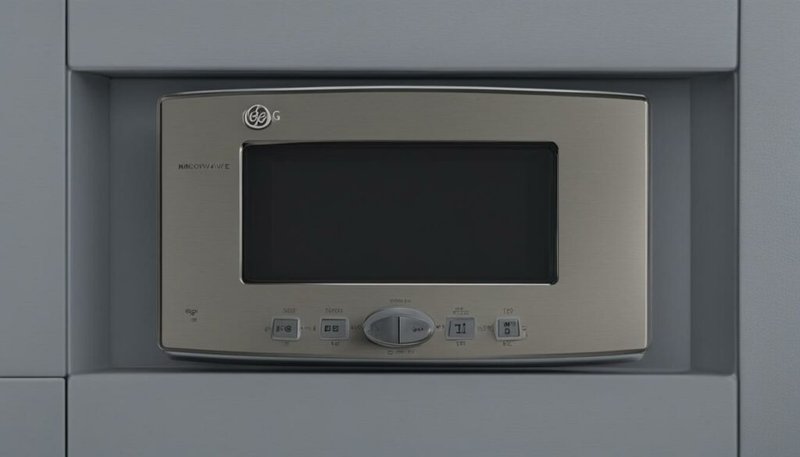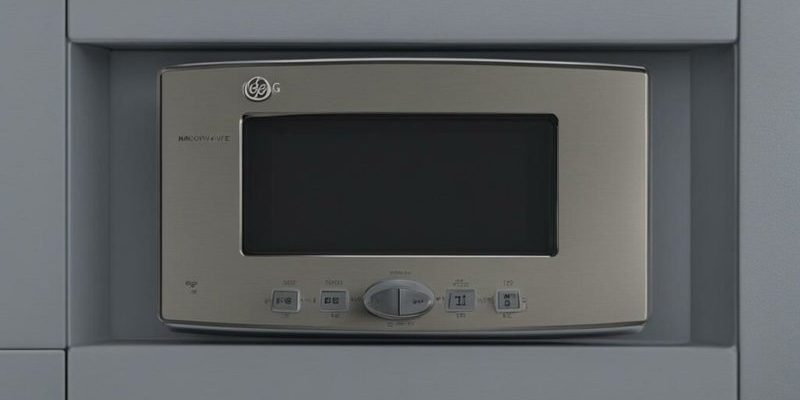
To put it simply, when your microwave flashes the “SE” error code, it’s like your microwave is waving a little red flag saying, “Hey, something’s not right!” This code typically indicates an issue with the touchpad or the control board. Imagine if your car’s check engine light illuminated; while the car might still run, ignoring it could lead to bigger problems down the road. Similarly, although the microwave might still seem functional with the error, it’s often a sign that attention is needed.
Understanding the “SE” Error Code
The “SE” error code stands for “Sensor Error” or can sometimes be mistaken for “5E” depending on the model or even the display angle. It’s a specific message from your microwave alerting you to a problem, primarily related to the touchpad or control board. Think of it as the heart and brain of your microwave acting up, causing disruptions in its normal operations. When these components malfunction, they might send incorrect signals, leading to unintended starts, stops, or even complete shutdowns.
Why does this happen? Well, in many cases, the issue arises from moisture interference. Just like how a wet smartphone screen can cause random apps to open, moisture trapped in your microwave’s control panel can trigger the SE code. This can happen due to steam build-up from cooking or high humidity in your kitchen. In some instances, the problem might be due to physical damage or wear and tear, much like how repeated use can wear out a favorite pair of shoes.
So, what does this mean for you? While you might be tempted to ignore the error and hope it disappears, doing so could lead to further complications. The touchpad might become completely unresponsive over time, much like ignoring a leaky roof will eventually lead to a flood. Therefore, it’s crucial to address the issue promptly to avoid further damage.
Diagnosing the Problem
Before you decide to call a professional, there are a few things you can troubleshoot on your own. Start by turning off your microwave and unplugging it. Yes, it’s that simple! Sometimes, a hard reset can work wonders, much like rebooting a computer that’s frozen. Leave it unplugged for about 10 minutes, letting the internal components reset. After this short break, plug it back in and check if the error persists.
Still seeing that pesky SE code? Check if there’s any visible condensation or moisture around the touchpad area. If you suspect moisture, gently wipe the panel with a dry cloth. You can even leave the microwave door open to air out, which could help dissipate any trapped moisture, similar to letting your sneakers dry after getting soaked in the rain.
If these steps don’t resolve the problem, it might be time to consider checking the control board and touchpad for visible signs of damage. Remember, any complex internal inspection should be approached with caution, just like you wouldn’t want to tinker under the hood of your car without some know-how. At this point, if the error code still lingers, seeking professional help would be a wise decision.
The Importance of Professional Repair
When home remedies fail to fix the SE error code, it’s often best to turn to the professionals. A technician can accurately diagnose whether the issue lies with the touchpad, the control board, or possibly another internal component. They have the experience to ensure that repairs are conducted safely and effectively, much like how a seasoned chef knows the secrets to perfecting a tricky recipe.
You might be wondering, “What does a repair typically involve?” Well, it could range from replacing faulty wiring to installing a new control board or touchpad. While this might sound daunting (and potentially costly), remember that addressing the issue head-on can prevent further damage and ensure the longevity of your microwave.
If repair costs are something you’re concerned about, consider weighing the pros and cons of repairing versus replacing. Like deciding between fixing an old car or buying a new one, consider factors such as the age of your microwave, warranty coverage, and your budget. Often, if your microwave is relatively new, a repair is the more economical choice. However, for older models, replacement might be more cost-effective in the long run.
Preventative Measures to Consider
To keep your microwave in top shape and prevent the SE error from appearing again in the future, consider integrating a few preventative measures into your routine. First, try to minimize the amount of steam and moisture exposure to the control panel. When cooking, use lids to cover dishes and ensure your kitchen is well-ventilated. Imagine it like taking an umbrella out on a rainy day to keep yourself dry.
Regularly clean the microwave’s exterior, especially around the control panel area, with a soft, dry cloth. Keeping it clean helps reduce the risk of moisture build-up and ensures the touchpad remains responsive. Think of it as giving your microwave a little TLC, helping it age gracefully and function smoothly.
Also, stay vigilant for any unusual noises or behaviors. Just as you’d keep an ear out for odd sounds from a well-loved vehicle, noticing changes early can help you address potential issues before they become significant problems. By maintaining these habits, you reduce the likelihood of facing the pesky SE error again, ensuring your microwave serves you well for years to come.
By understanding and addressing the SE error code promptly, you can ensure that your GE microwave remains a reliable and trusty kitchen companion. Keep these tips in mind, and you’ll be ready to tackle any issues head-on.
